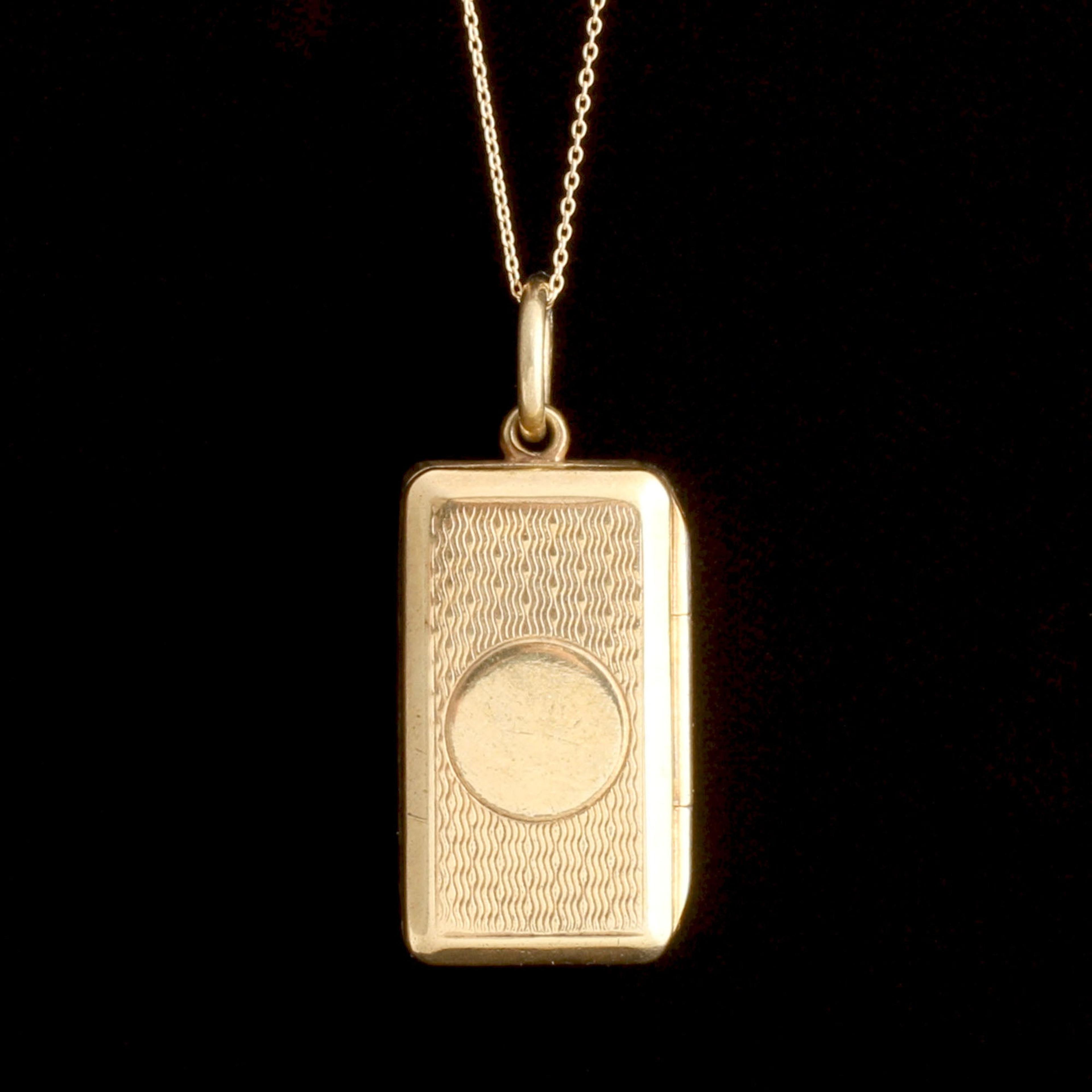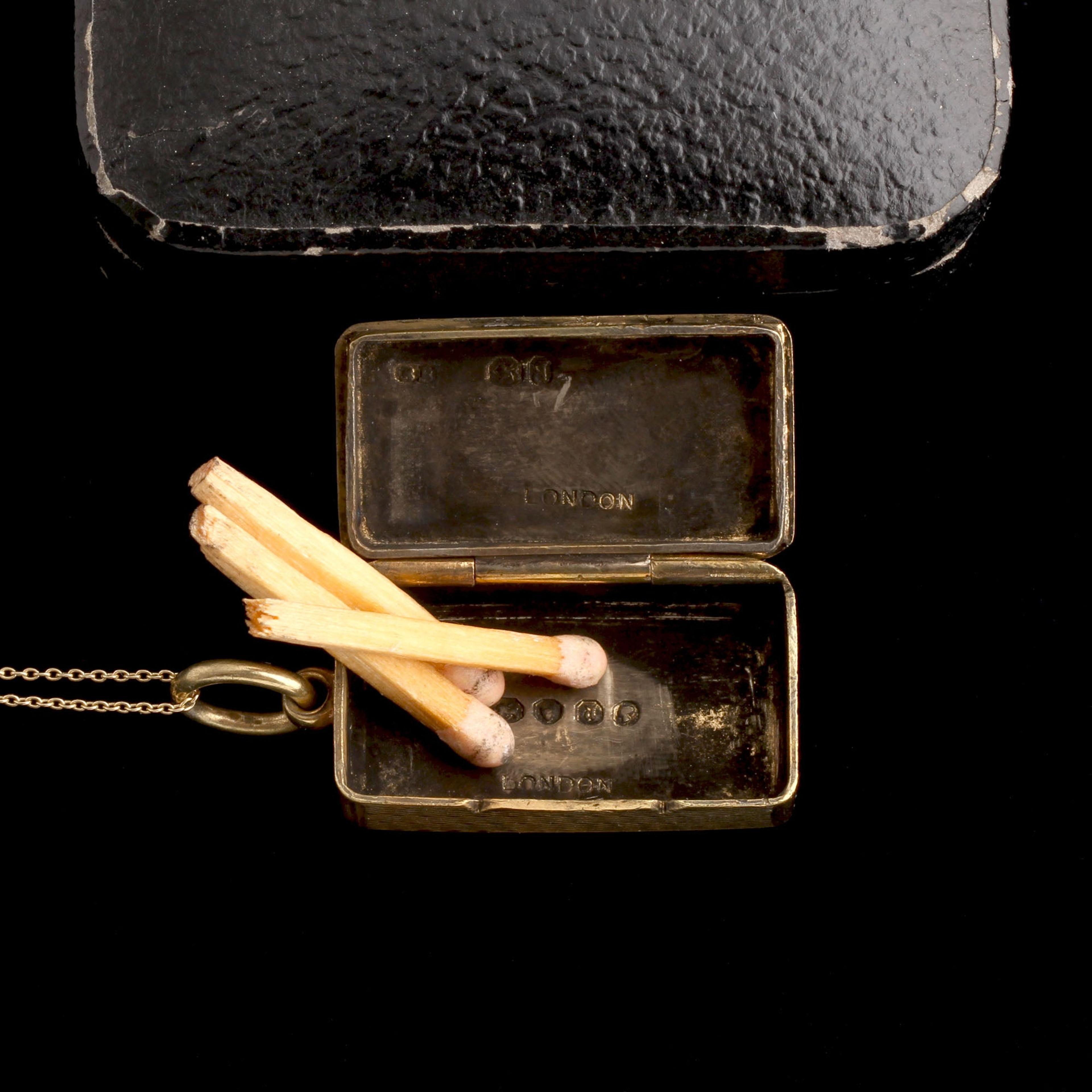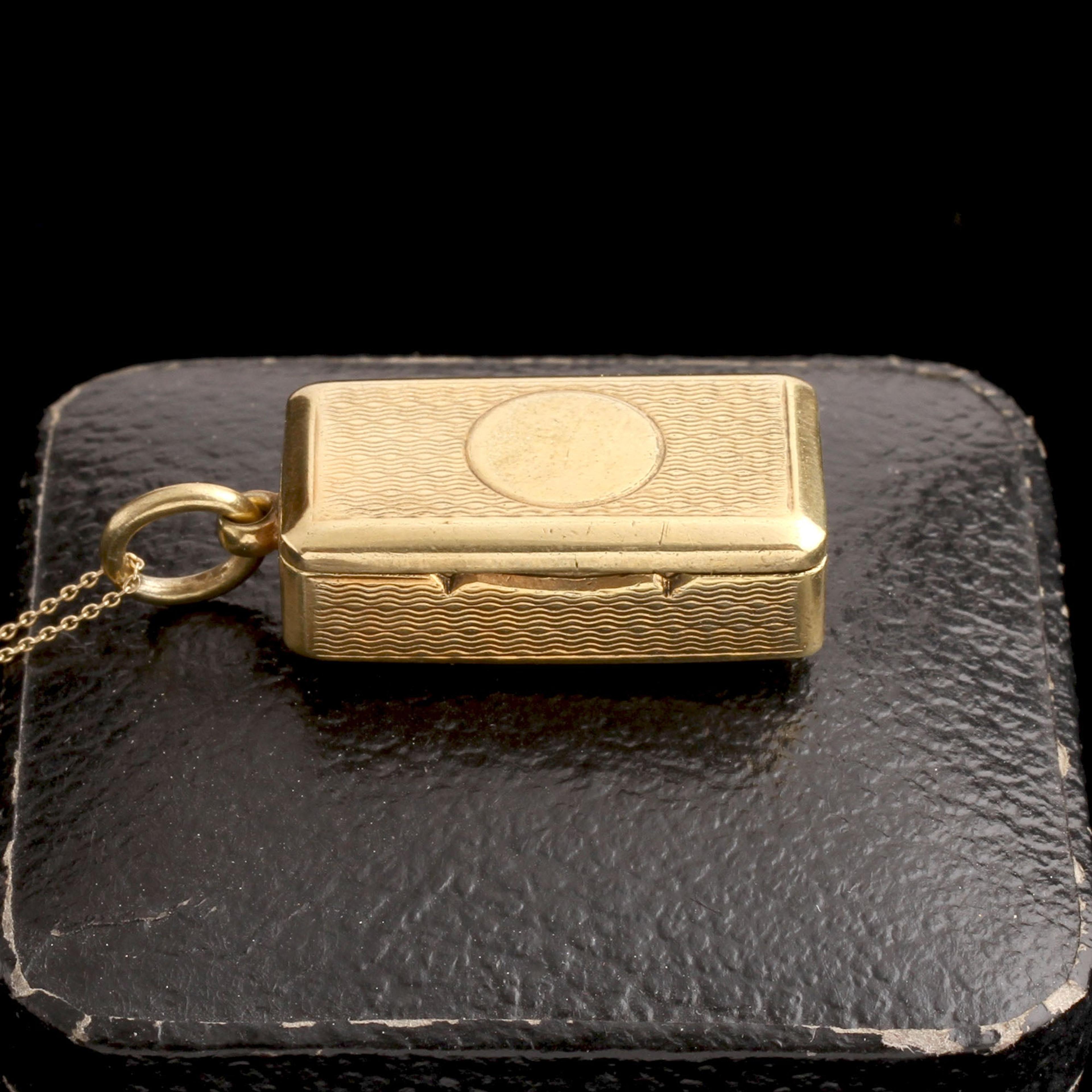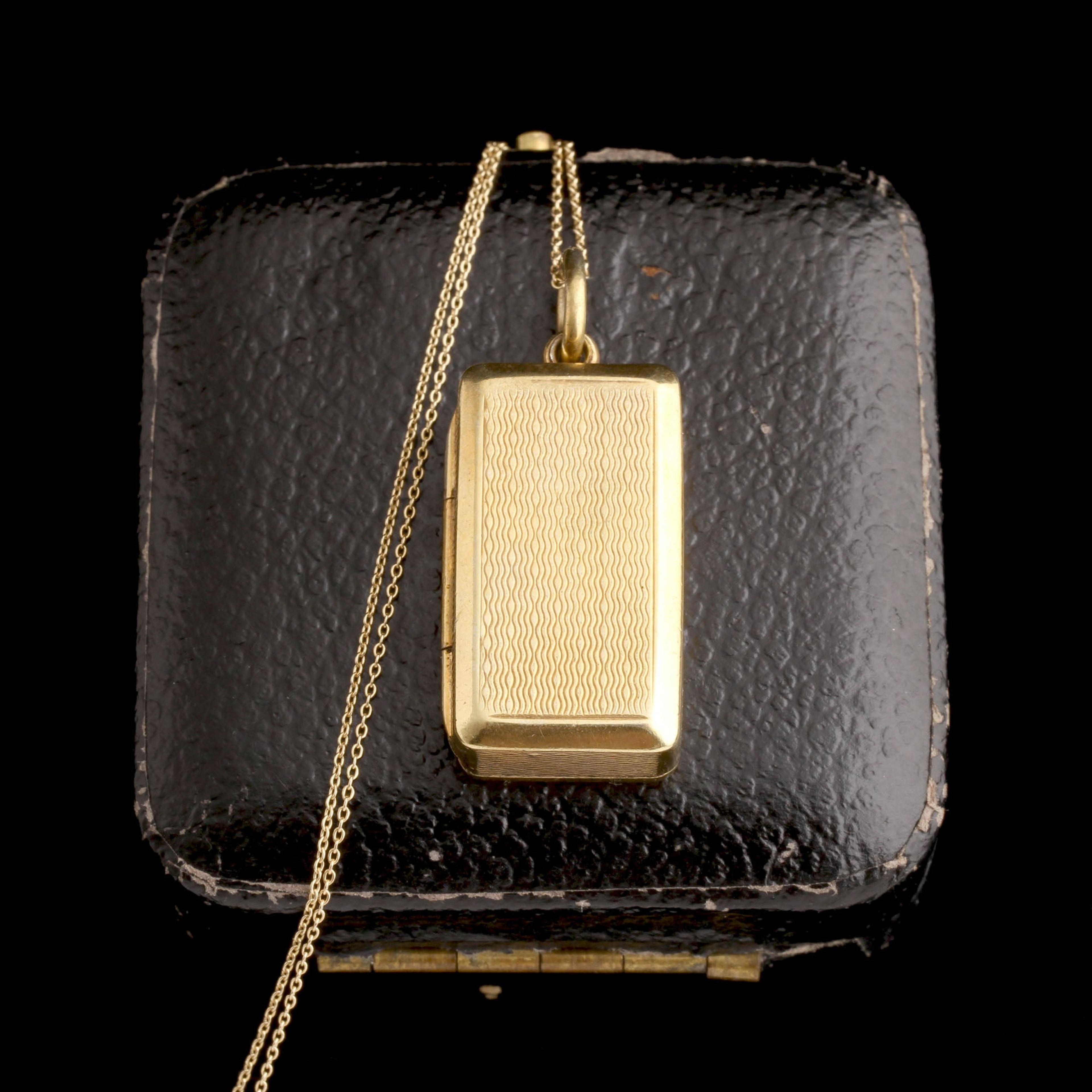Vesta cases like this one were used to carry short strike-anywhere matches. (One of the early manufacturers of these handy cases took their name from the goddess Vesta, Roman deity of fire and hearth.) In the 19th century, having matches handy was essential to light your stove, lantern, candles, etc. It was a part of life. Another part of life was strike-anywhere matches rubbing against each other in your pocket, lighting you on fire. A vesta case kept you from bursting into flames, and they looked cute in the process. This one is fashioned in gilt silver with British hallmarks on the interior that date it to the year 1856.
thedetails
- Materials
gilt sterling silver (marked), matches, new 14k gold chain
- Age
London assay marks for 1856
- Condition
Very good
- Size
1 3/8" length including the bale, 1" x 5/8" case, 18" chain
Need more photos?
Send us an email to request photos of this piece on a model.
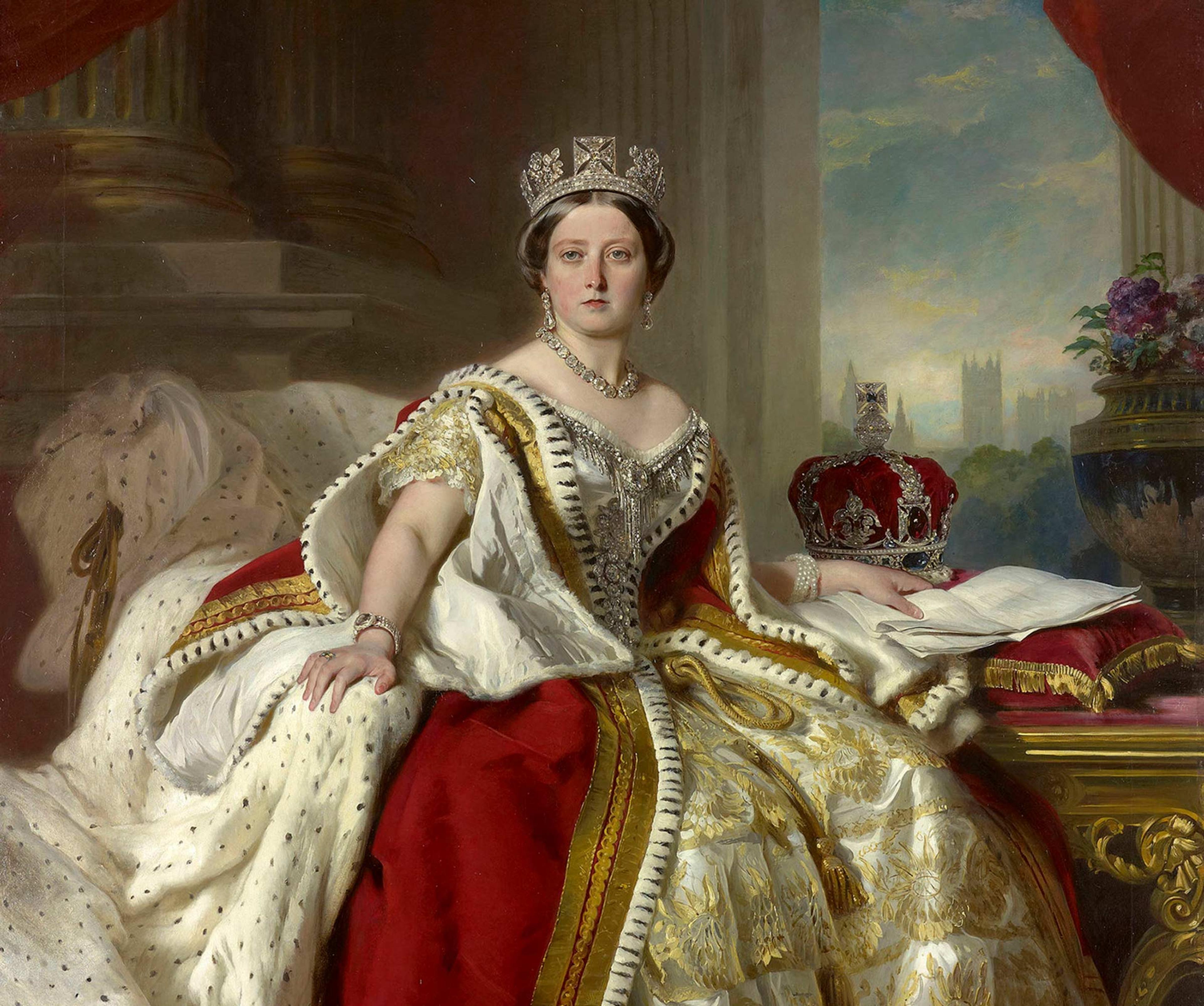
Aboutthe
VictorianEra
1837 — 1901
The Victorians were avid consumers and novelty-seekers, especially when it came to fashion, and numerous fads came and went throughout the 19th century. In jewelry, whatever fashion choices Queen V. made reverberated throughout the kingdom. The Romantic period reflected the queen’s legendary love for her husband, Albert.
Jewelry from this period featured joyful designs like flowers, hearts, and birds, all which often had symbolic meaning. The queen’s betrothal ring was made in the shape of a snake, which stood for love, fidelity, and eternity. The exuberant tone shifted after Prince Albert passed away in 1861, marking the beginning of the Grand Period. Black jewelry became de rigeur as the Queen and her subjects entered “mourning,” which at the time represented not just an emotional state, as we conceive of it today, but a specific manner of conduct and dress. She wore the color black for the remainder of her life, and we see lots of black onyx, enamel, jet, and gutta percha in the jewelry from this time. Finally, during the late Victorian period, which transitioned along with a rapidly changing world into the “Aesthetic Movement”, there was a return to organic and whimsical motifs: serpents, crescent moons, animals, and Japonaisserie designed for the more liberated “Gibson Girl”. During the second half of the 19th century, America entered the global jewelry market, with Tiffany and Co. leading the way. Lapidaries continued to perfect their techniques, and the old European cut emerged toward the end of the Victorian period. The discovery of rich diamond mines in South Africa made the colorless stones more accessible than ever before.
please note:Terms of Sale
Antiques can be returned unworn and in original condition within 10 days of delivery for an exchange or refund minus the cost of shipping. Once a piece has been altered, including ring re-sizing, it is FINAL SALE.
